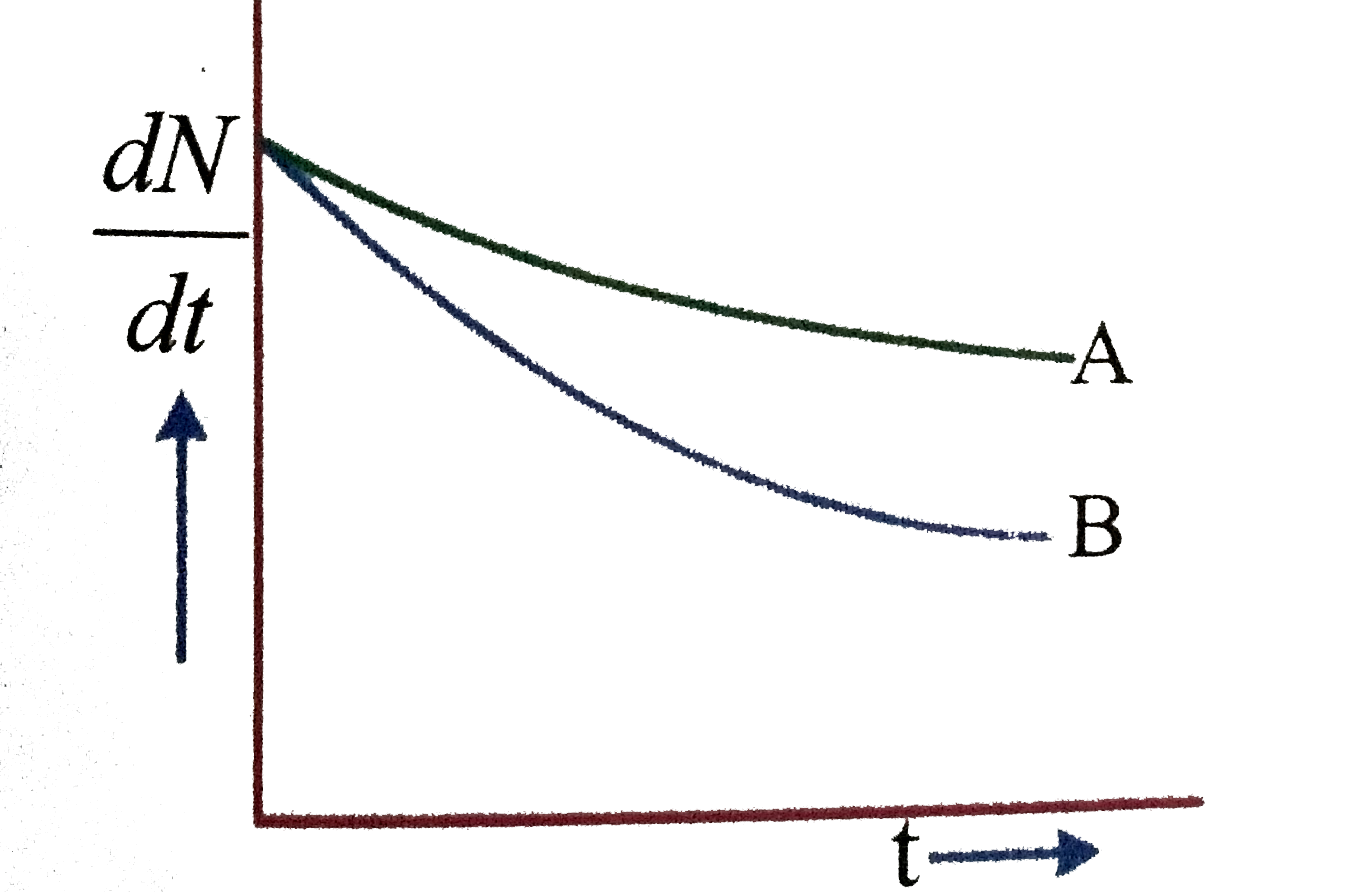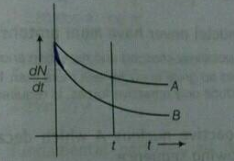Which sample A or B shown in Fig. 13.2 has shorter mean-life?
B has shorter mean life as l is greater for B.
Related Solutions
Which sample or shown in figure has shorter mean-life ?
 View Solution
View SolutionWhich sample A or B, shown in Fig. 13.03, has shorter mean life ?
View SolutionWhich sample, A or B, shown in the following figure has shorter mean life?
 View Solution
View SolutionWhich sample or shown in figure has shorter mean-life ?
 View Solution
View SolutionWhich sample A or B shown in figure has shorter mean-life ?
View SolutionWhich simple, A or B shown in Fig. EP 13.13 has shorter mean life?
 View Solution
View SolutionThe variation of decay rate of two radioactive samples A and B with is shown in Fig. Ep.13.2.which of the following statements are true?
View SolutionWhich one of the following nuclei has shorter mean life?
View SolutionThe arrangement to store two magnets is shown by figures (a), (b), (c) and (d) in Fig. 13.2. Which one of them is the correct arrangement
View SolutionA radioactive sample has of pure which has a half-life of 10 minutes.
Calculate mean life of this sampleView SolutionThe half-life of a radioactive sample A is same as the mean life of sample B. The number of atoms present initially in both the samples is same.
View SolutionIn a mean life of a radioactive sample
View SolutionIn a mean life of a radioactive sample
View SolutionIn a mean life of a radioactive sample
View Solutionof a radioactive sample at a mean-life
View SolutionWhich of the two has a shorter reproductive phase of life : men or women ?
View SolutionA radioactive sample has ,a half life of 10 days. What is its disintegration constant? What is its mean life?
View Solutionshow that the ratio of half life to mean life of a radioactive sample is 0.693. OR Obtain the relation connecting half life and mean life
View SolutionThe variation of decay rate of two radioactive samples A and B with time is shown in fig.

Which of the following statements are true?View SolutionThe variation of decay rate of two radioactive samples A and B with time is shown in fig.

Which of the following statements are true?View Solution
